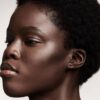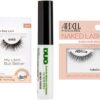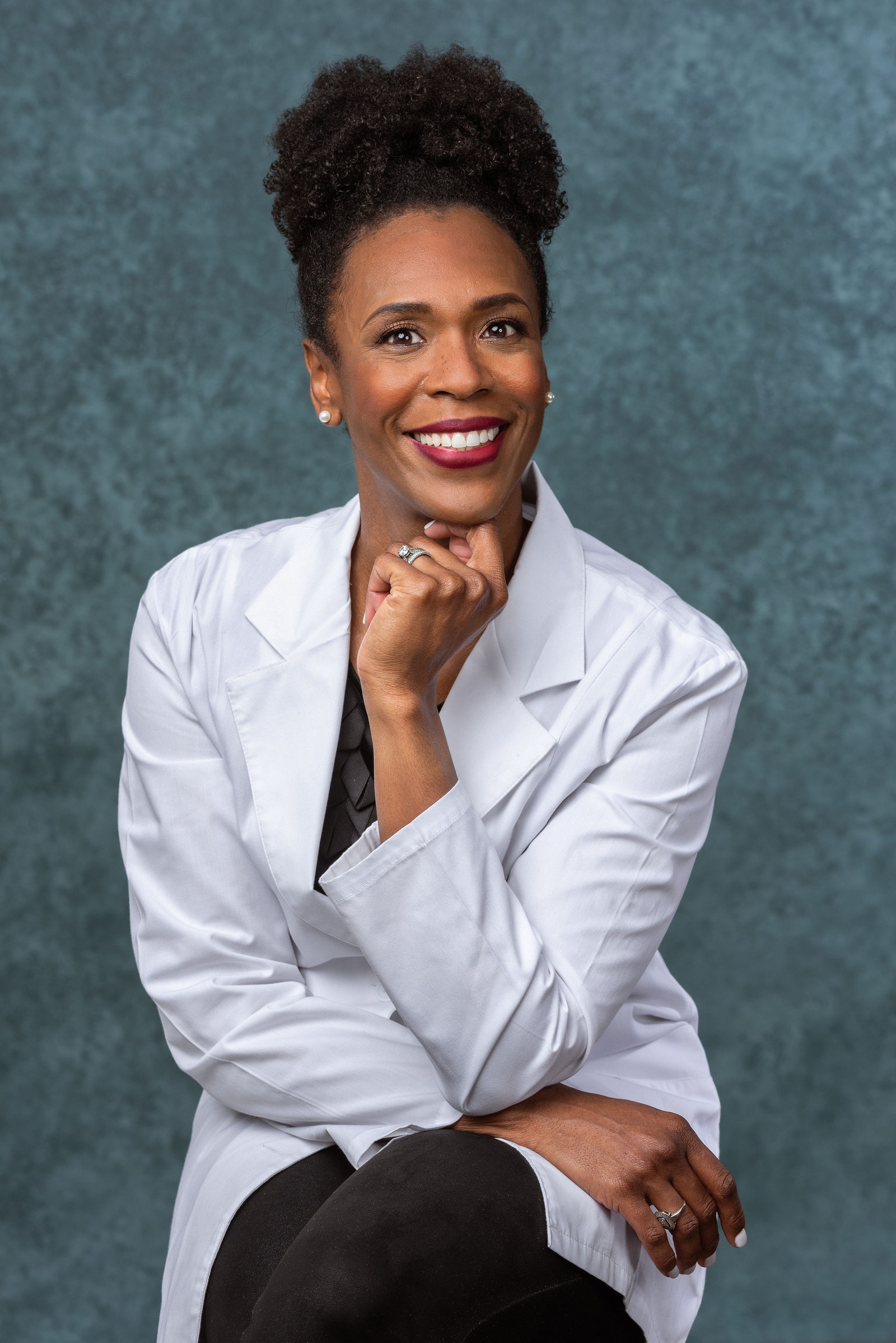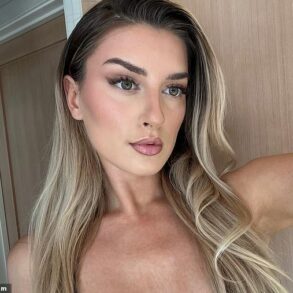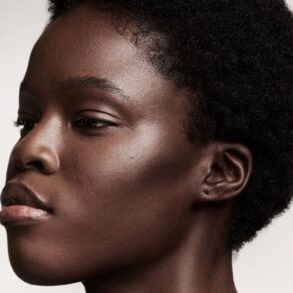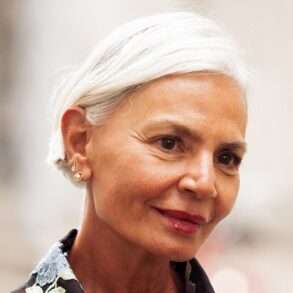Olay Senior Scientist Markaisa Black, PhD, dreams of a world in which anyone browsing store shelves or scrolling through products online can look at a beauty product and know it will work for them.
That, she says, is the ideal measure of inclusive beauty.
“‘Inclusive beauty’ is far beyond seeing diverse models in a beauty ad or claims that a product works for ‘all,’ says Black, who works within Procter & Gamble’s Skin Care Innovation and Product Development. “Inclusive beauty connects people with who and where they are in the moment. It starts from understanding the unique biology that drives diverse needs across skin tones, ethnicities, or age.”
The inclusive beauty movement has evolved from a few early adopters who diversified their product offerings and marketing efforts to a concept that is now a must-have for brands to lead within their messaging. Olay has been at the forefront of that change, through consumer research, product development efforts, and a commitment to increase the number of women in STEM (science, technology, engineering, and mathematics) fields.
Announced in 2020, OLAY’s #FacetheSTEMGap is an initiative to double the number of women in STEM and triple the number of women of color in STEM by 2023. The voices and lived experiences of these women are needed in the beauty industry and beyond, says Rolanda Wilkerson, PhD, senior director of fellow beauty care at Procter & Gamble.
She and Black, both Black women, are two scientists powering OLAY’s Diversity, Equity, and Inclusion (DEI) efforts. They’re joined by cosmetic chemists, biologists, toxicologists, engineers, researchers, coders, IT professionals, and others, all responsible not only for bringing products to market, but also addressing social injustices and creating lasting change within the work they do.
“It is an honor to work on new products and projects that have a focus on making beauty products and beauty care more inclusive,” says Wilkerson, adding that many women, specifically Black women, have not always felt seen when they shop for beauty products.
Historically, the perfect shade of makeup has been an elusive concept for darker-skinned women, and products claiming to brighten dark spots or treat hyperpigmentation have failed on melanin-rich tones. These shortcomings highlight how critical it is to have a diverse team in the product development space, says Wilkerson.
For one of its most recent releases, Olay Super Serum, the brand conducted 17 clinical studies per year prior to bringing the product to market. As more than 8,000 women participated in the clinical trials annually, Black notes that the team is being more intentional to ensure Black women and other diverse panelists are represented. And the brand has additional systems in place to help inform product development choices and identify new technologies to fulfill unmet consumer needs.
“Inclusivity of Black [people] and people of color in consumer product testing is critical to not only confirm a product works or provides benefits across skin tones, but also for communication and visualization with consumers,” explains Black. “Show-and-tell of the proof that products work for Black and multi-ethnic consumers is key to overcoming barriers that disproportionately impact darker skin tones.”
It requires a considerate and thoughtful approach to formulate products for Black women and other women of color, especially as there are skin conditions that impact darker skin tones more commonly. Though cosmetic product development and formulations have expanded in recent years, Black says that “Black consumers still have limited product solutions that work for our issues.”
A Nielsen report on Black consumer spending within beauty showed that Black Americans are spending money on products that work uniquely for them. In 2022, Black consumers spent $8 billion on beauty and Black cosmetics, increasing their spending at a faster rate than the total U.S. market.
Olay is invested in understanding the deep science and unique attributes of skin color, which Black expects will lead to the discovery of key ingredients and advantageous ingredients for Black consumers.
In a video on social media, Wilkerson shared the scientific effort behind the launch of Olay’s Super Serum. The serum’s formula boasts benefits like a “more even-looking skin tone” and “long lasting hydration,” both of which are common skin concerns for Black women, she says.
Contributing to a movement where customers who look like both Black and Wilkerson are reaping the benefits from their work fuels both women’s passion as scientists. And they’re in good company among other women in STEM, as Olay moves to make inclusive beauty a reality for all skin tones.
This post was originally published on this site be sure to check out more of their content.


